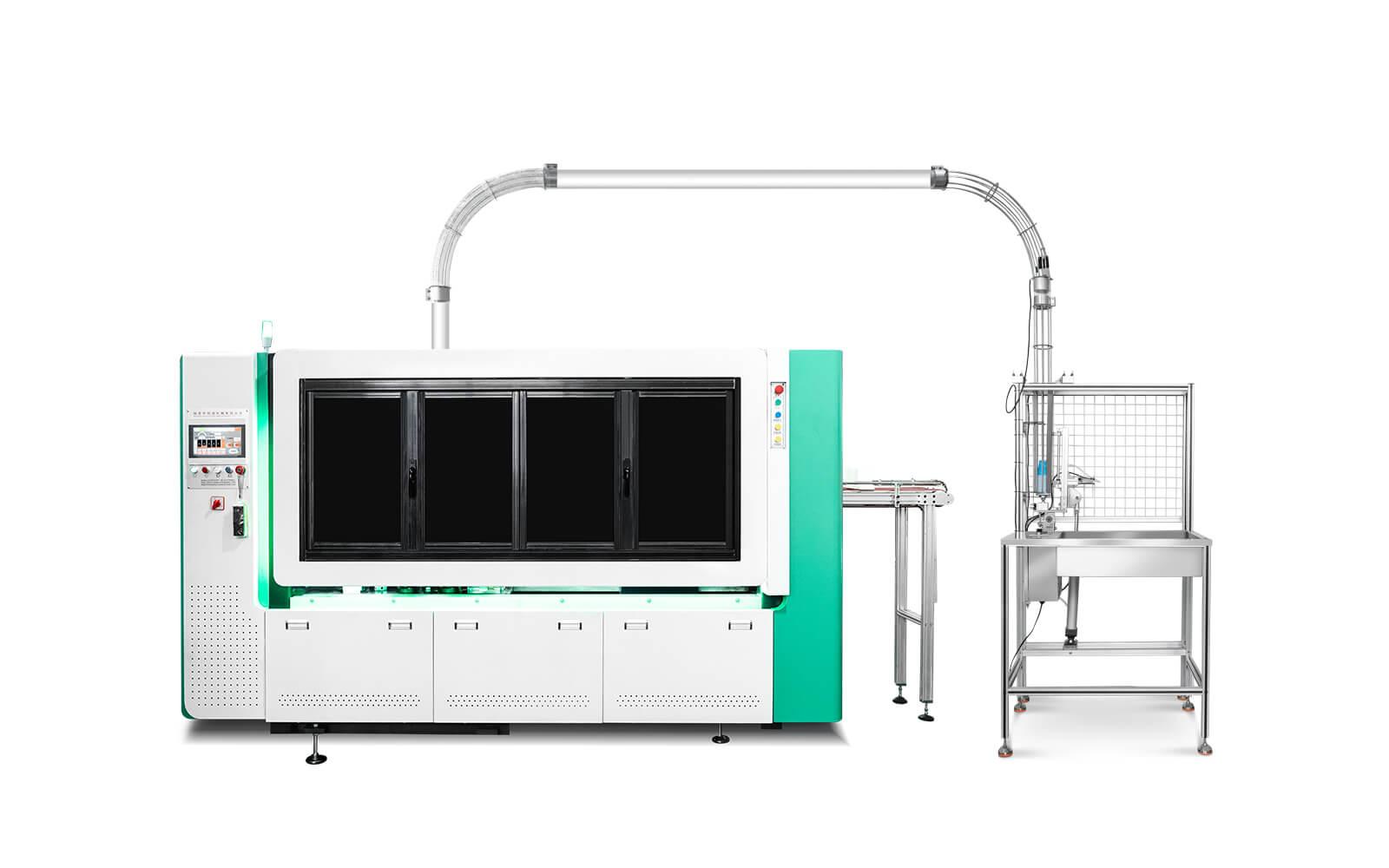Installation and maintenance of semi-automatic paper cup making machines are essential for ensuring smooth operation and maximum productivity in the paper cup manufacturing process. Proper installation and regular maintenance can help prolong the lifespan of the machine, prevent breakdowns, and ensure high-quality production. In this article, we will discuss the key steps and best practices for installing and maintaining a semi-automatic paper cup making machine.
1. Unpacking and Inspection
When you receive your semi-automatic paper cup making machine, the first step is to unpack it carefully and inspect it for any signs of damage during transportation. Check all the components and ensure that everything is included as per the manufacturer's checklist. Any missing or damaged parts should be reported to the supplier immediately for replacement.
2. Installation Process
Before starting the installation process, make sure to read the user manual provided by the manufacturer thoroughly. Follow the step-by-step instructions to assemble the machine correctly. Pay attention to the alignment of components, connections of electrical wiring, and proper fastening of bolts and screws. It is recommended to have a professional technician assist with the installation to ensure accuracy.
3. Electrical Connection
Once the machine is assembled, the next step is to connect it to the power source. Ensure that the voltage and current requirements of the machine match the electrical supply available in your facility. It is crucial to follow the wiring diagram provided by the manufacturer to avoid any electrical hazards. Test the machine after connection to ensure that all functions are working properly.
4. Machine Calibration
After the electrical connection, the semi-automatic paper cup making machine needs to be calibrated for optimal performance. This includes setting the correct temperature, pressure, and speed parameters according to the type of paper and cup size being used. Refer to the user manual for guidance on how to calibrate the machine effectively. Regular calibration is necessary to maintain consistent quality output.
5. Ongoing Maintenance
Maintaining a regular maintenance schedule is crucial for the smooth operation of the semi-automatic paper cup making machine. This includes cleaning, lubricating moving parts, inspecting for wear and tear, and replacing any worn-out components. It is important to follow the maintenance schedule recommended by the manufacturer to prevent unexpected breakdowns and ensure the longevity of the machine.
6. Troubleshooting Common Issues
Despite regular maintenance, issues may still arise with the semi-automatic paper cup making machine. Common problems include paper jams, misalignment of components, and electrical faults. Refer to the troubleshooting section in the user manual to identify and resolve these issues promptly. In case of complex problems, seek assistance from a certified technician.
7. Training for Operators
Proper training for machine operators is essential to ensure safe and efficient operation of the semi-automatic paper cup making machine. Train operators on how to use the machine correctly, perform basic maintenance tasks, and troubleshoot common issues. Regular training sessions can help improve productivity and reduce the risk of accidents in the workplace.
8. Record Keeping
Keep detailed records of maintenance activities, calibration settings, and any repairs done on the semi-automatic paper cup making machine. This information can help track the machine's performance over time, identify recurring issues, and plan for future maintenance tasks. Good record-keeping practices are essential for maximizing the efficiency and lifespan of the machine.
Conclusion
Installation and maintenance of semi-automatic paper cup making machines are critical tasks that require attention to detail and adherence to best practices. By following the steps outlined in this article, manufacturers can ensure that their machines operate smoothly, produce high-quality paper cups, and remain in good condition for an extended period. Regular maintenance, proper training, and record-keeping are key components of a successful machine management strategy.
















 Tel: +86-19057361870 / +86 577 65567060
Tel: +86-19057361870 / +86 577 65567060  Email: paperproductwholesaler@gmail.com
Email: paperproductwholesaler@gmail.com MP/WhatsApp: +86-19057361870
MP/WhatsApp: +86-19057361870 Manufacturer Address:No.1588, Huaming Road, Feiyun Street,Ruian City Zhejiang Province -325200 China
Manufacturer Address:No.1588, Huaming Road, Feiyun Street,Ruian City Zhejiang Province -325200 China




